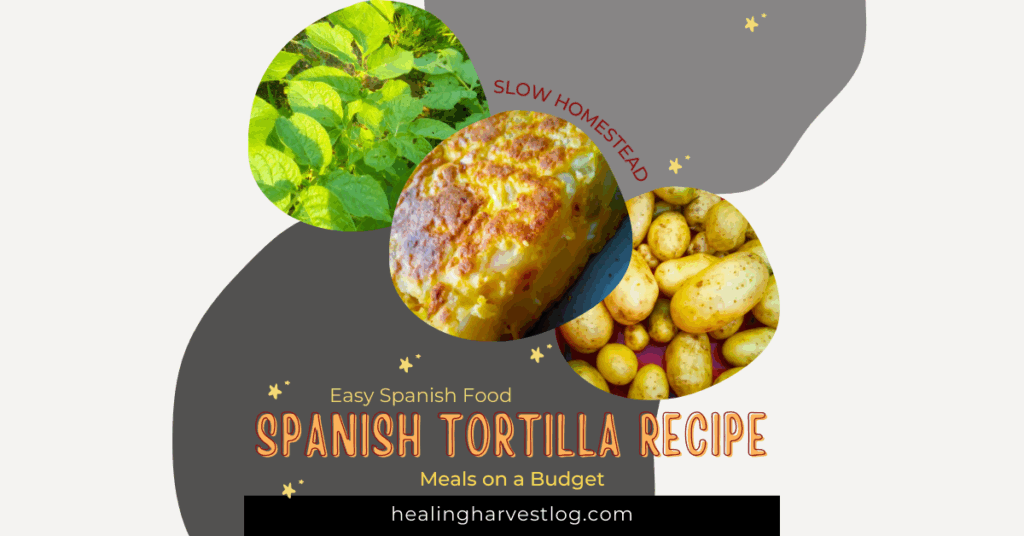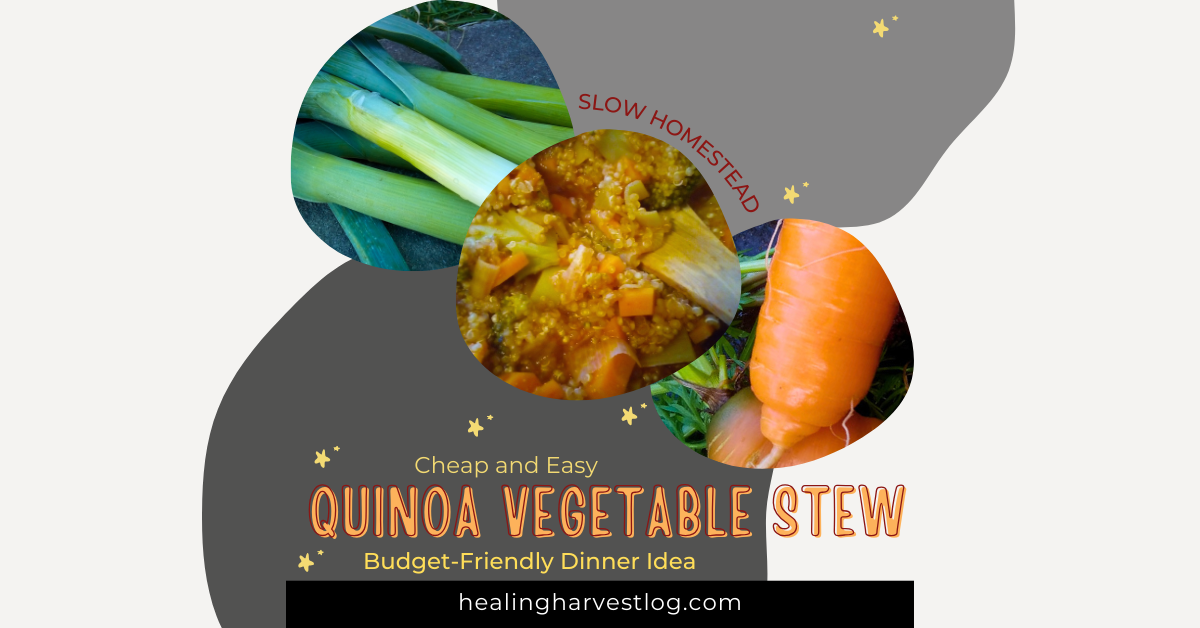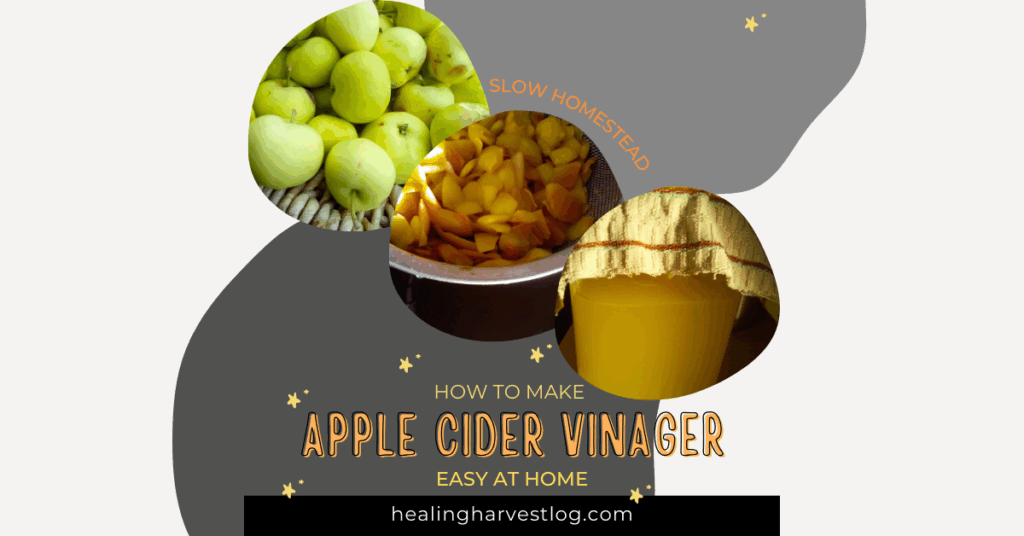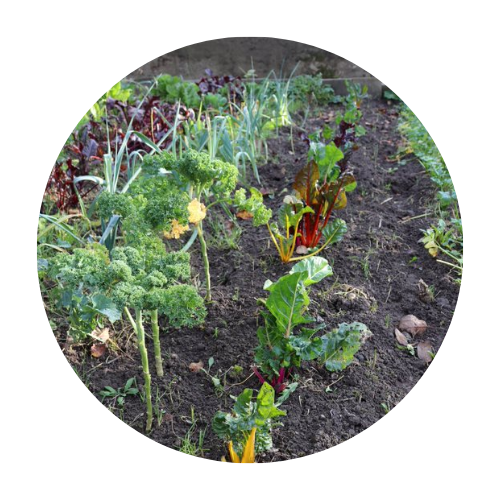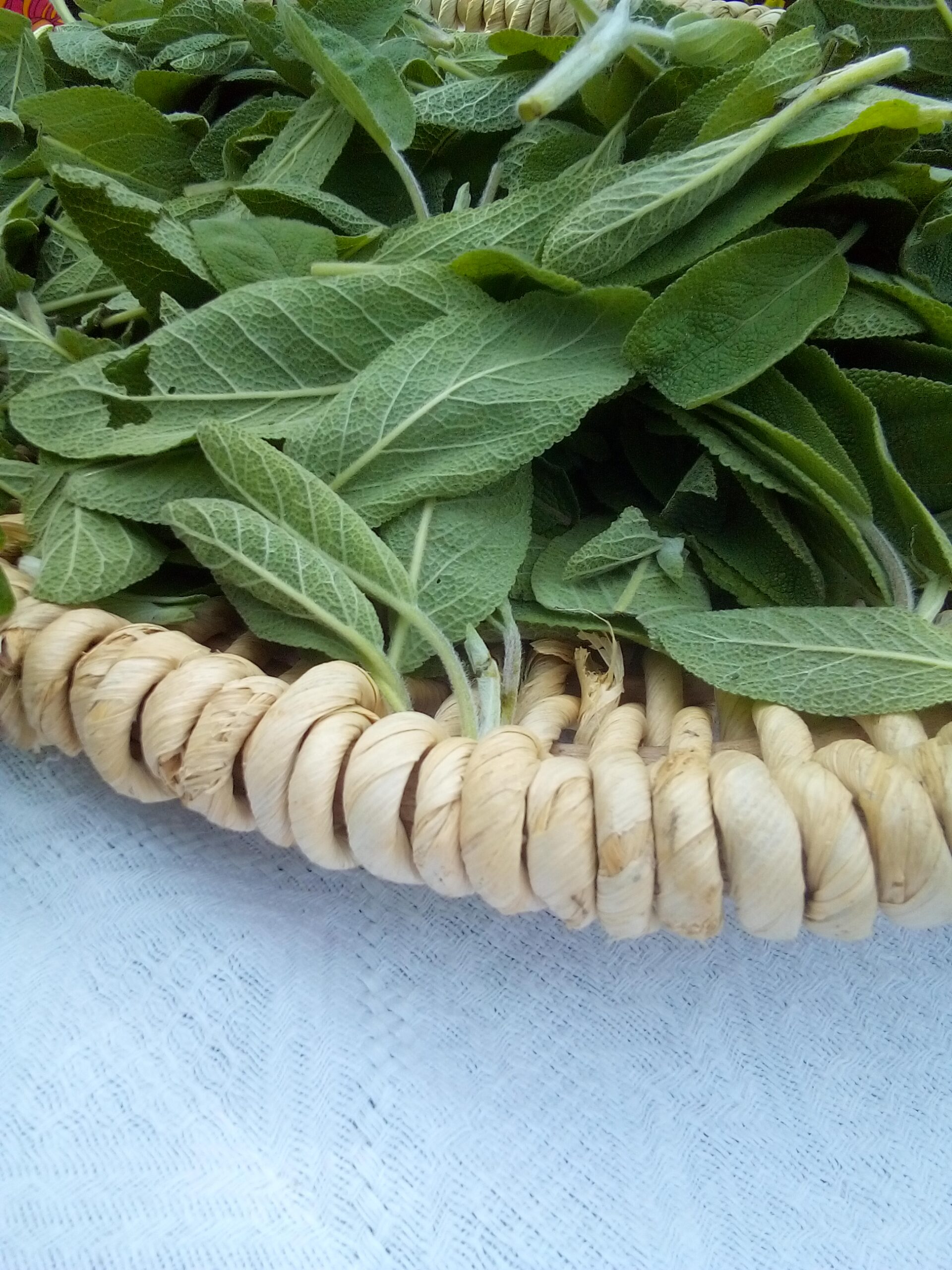Frida always stood between berry bushes and simmering pots in the summer. She used to say, “When you preserve fruit, you also preserve time.”
Back then it sounded like an old saying. Today I know she was right. Preserving food is not only about storage—it is about care, memory, and resilience. This new series Homestead Recipes is about bringing that wisdom into modern life, whether on a farm or in the middle of the city. Here you’ll also find seasonal recipes like Stuffed Summer Squash – Healthy Dinner Recipe on a Budget, showing how harvests become everyday meals.
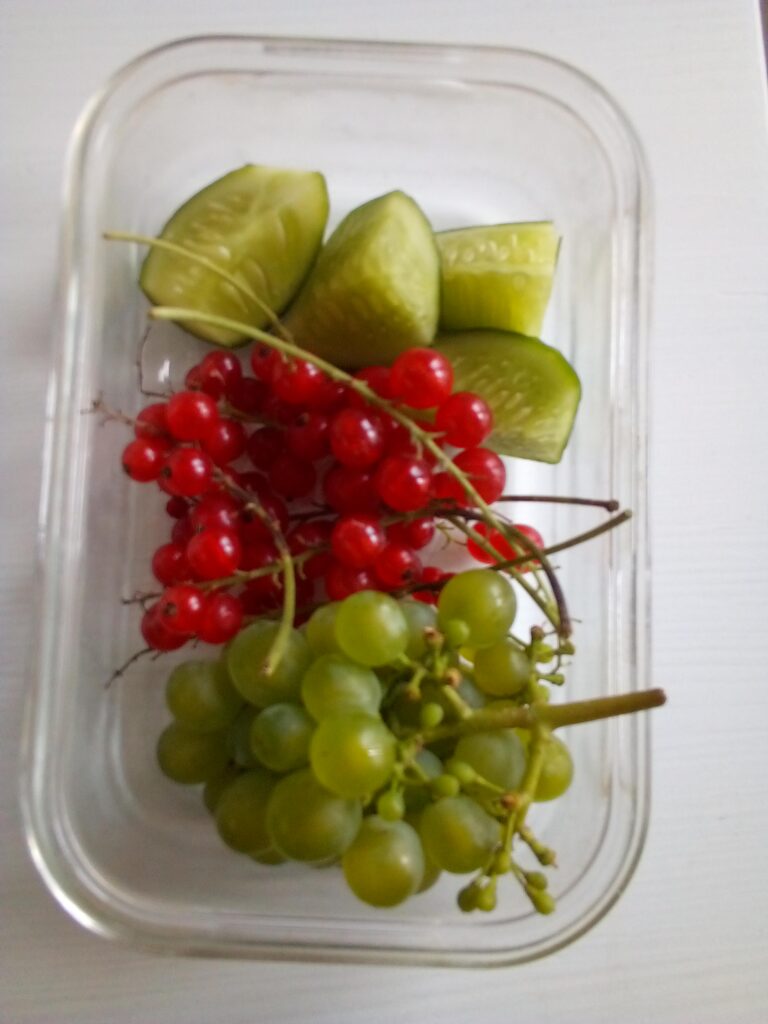
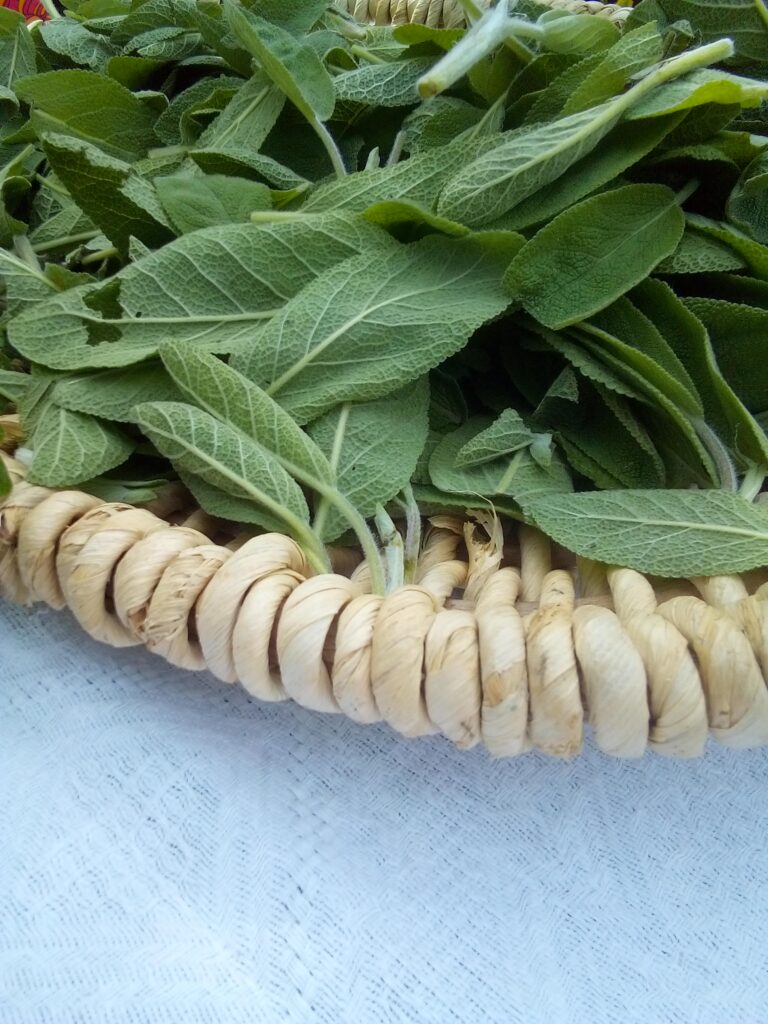
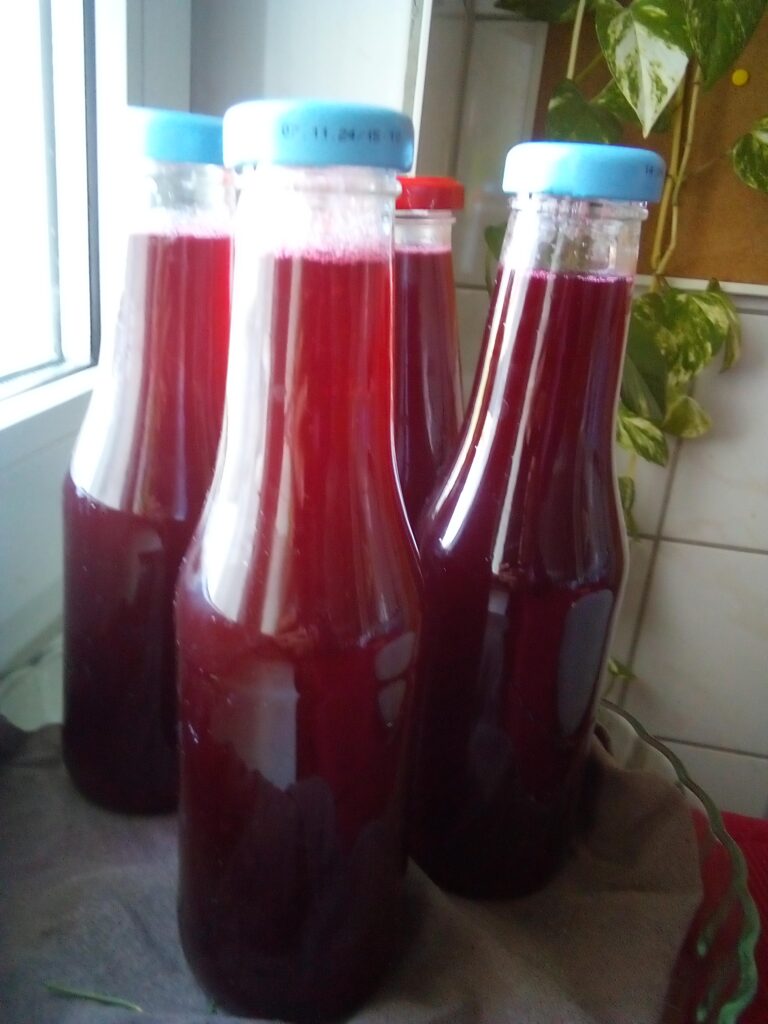
What You Can Preserve at Home
Juices from berries and fruits
- Clear, homemade berry juice without a juicer.
- Use it fresh, freeze it, or turn it into jelly.
- Tip: Knowing the right fruit-to-juice ratio makes planning easy.
Fruits and their many faces
- Cherries for sleep and muscle recovery.
- Grapes for balcony gardening and fresh juice.
- Elderflowers for a summer syrup that brightens cold days.
- Blackberries, raspberries, and currants for health, snacks, and desserts.
Immune-boosting recipes for winter
- Hot berry juice on cold evenings.
- Dark berries rich in antioxidants.
- Traditional tricks that keep nutrients alive during cooking.
Simple storage methods instead of complicated homestead recipes
- Freezing fruit and herbs for quick access.
- Fermenting vegetables and fruits for probiotic power.
- Drying fruit into chips or making fruit leather for snacks.
- Drying herbs for tea, seasoning, and natural remedies.
Fresh greens in winter
- Winter salads with kale, field salad, romanesco broccoli, or Asian greens.
- Easy to grow in the garden, balcony boxes, or small raised beds.
- A gift of freshness when everything else rests.
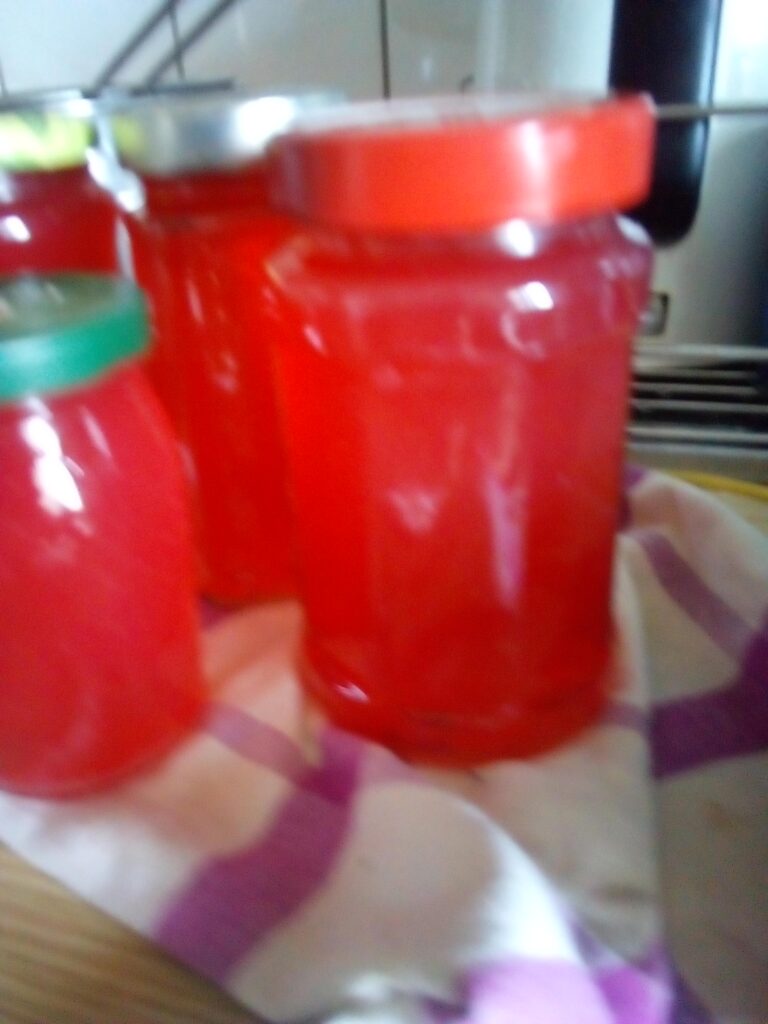

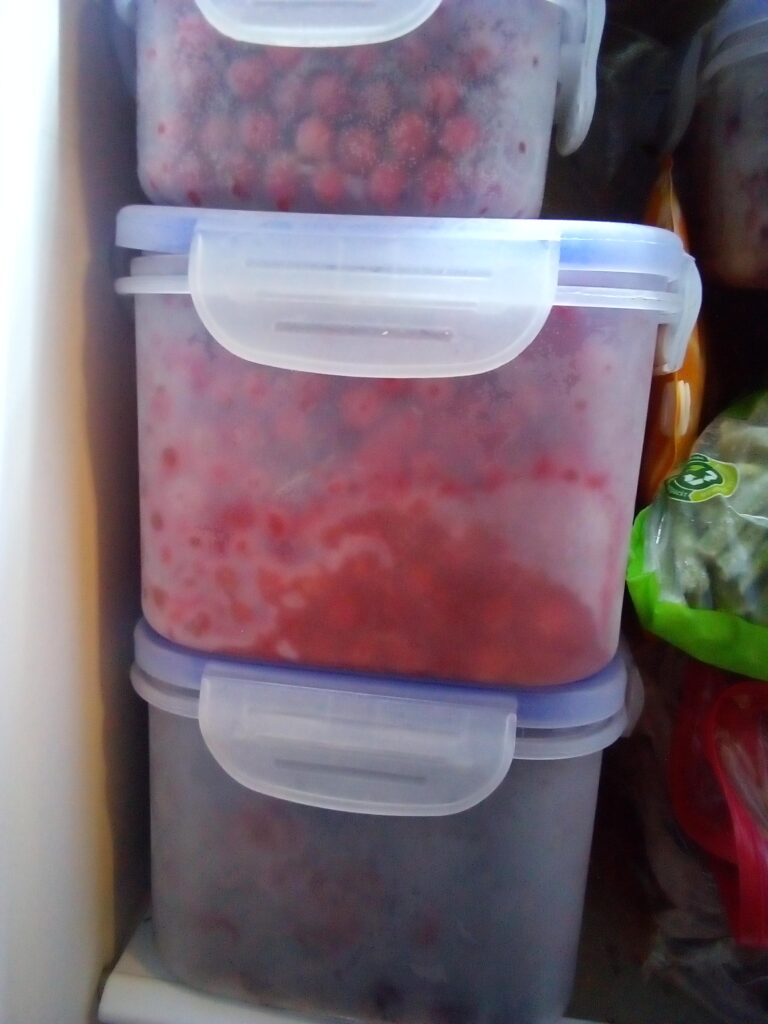
Why It Matters
- Self-care: A filled pantry brings calm.
- Sustainability: Preserving prevents waste and respects the harvest.
- Tradition reimagined: Ancient methods with modern tools.
- Urban-friendly: Even small kitchens can hold a little winter reserve.
As Frida said, “A full pantry is like a warm heart.”
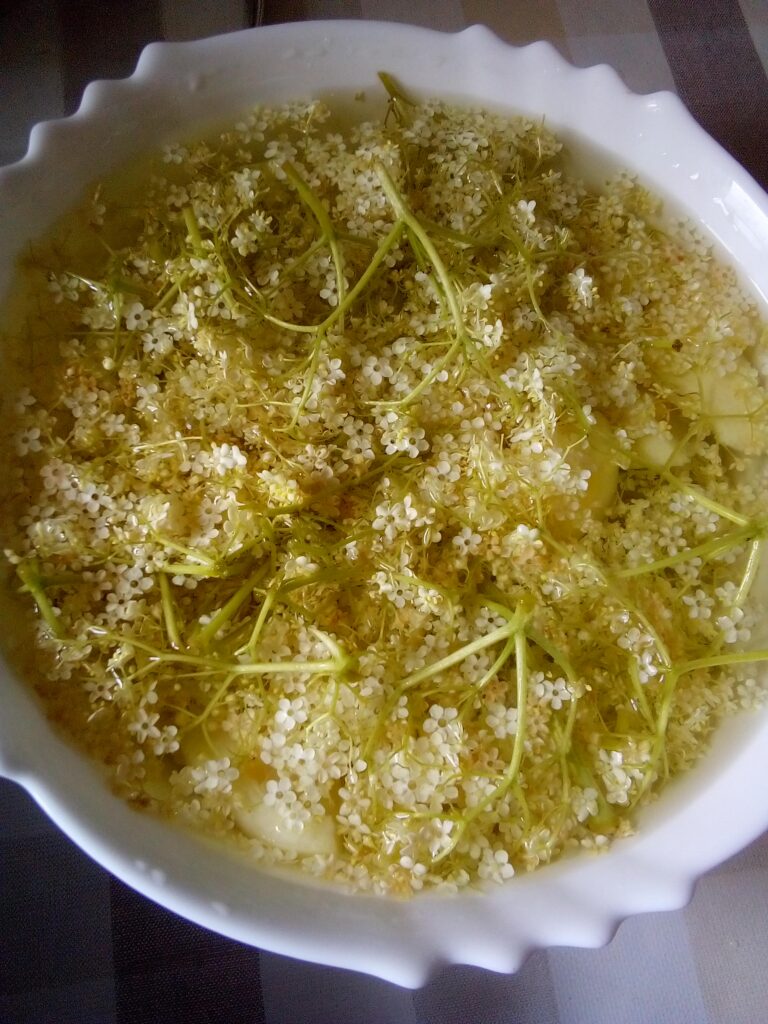
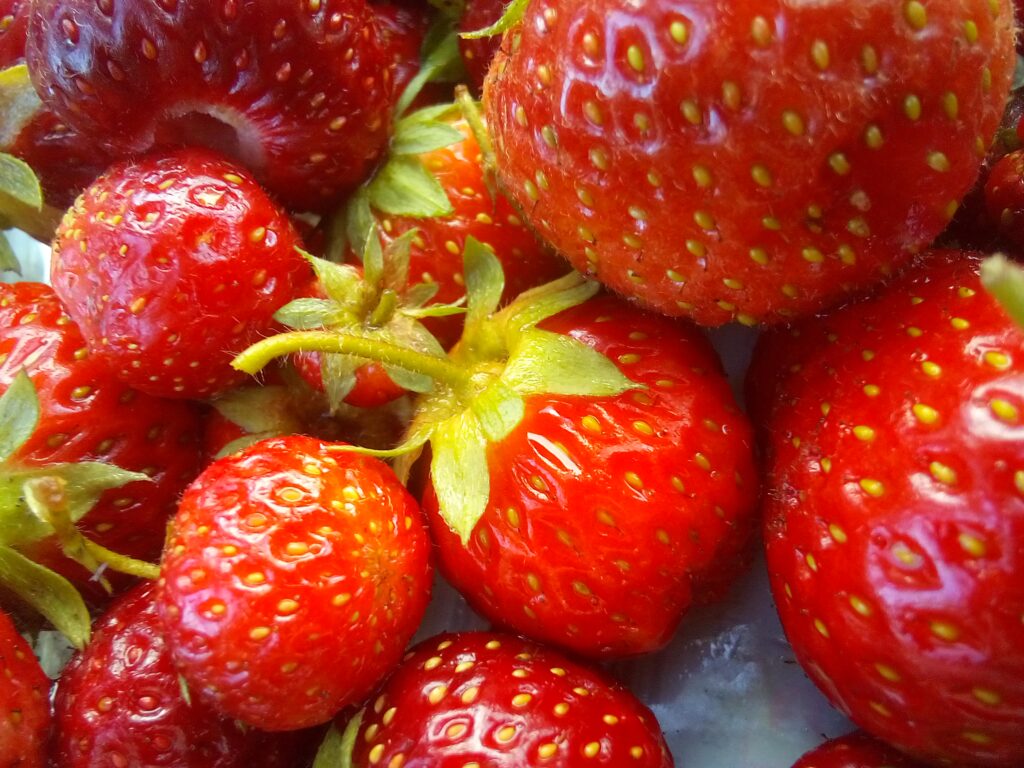
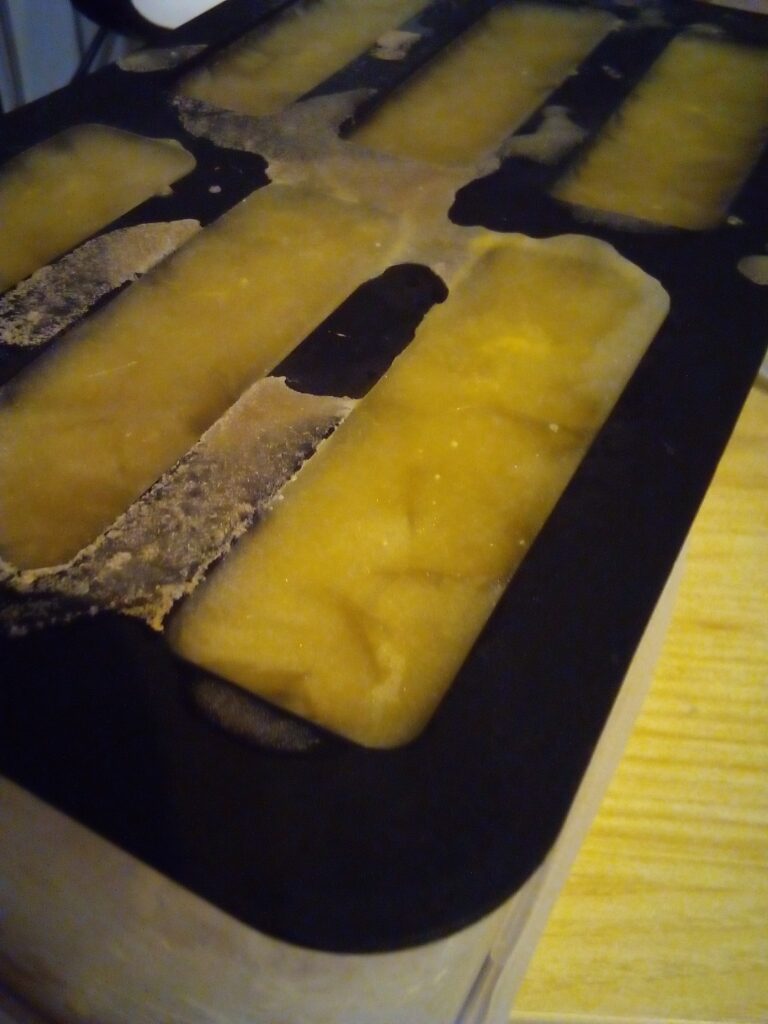
Homestead Recipes That Have Proven to Work in My Own Kitchen
Over the years I’ve figured out that the simplest tricks are the ones that stick. Juicing berries without a fancy machine? Works like a charm. The juice runs clear, tastes like summer itself, and I don’t end up wrestling with gadgets I don’t need. Having a rough “berry juice calculator” in my head—knowing how much juice I’ll get from a basket of fruit—has saved me from wasting both berries and time.
And let me tell you, every fruit really does pull its weight. Cherries for sleep and recovery, grapes that climb even on a balcony railing, elderflowers that turn into syrup you can sip in January, blackberries and raspberries for snacks that actually feel like medicine, and currants—those little red vitamin bombs. Come winter, hot berry juice is my go-to comfort, and dark berries are still the heavy hitters when it comes to antioxidants.
I’ve also learned the hard way that tiny kitchen hacks make a huge difference. Let the onions breathe a bit before cooking, and suddenly they’ve got more punch. Steam your veggies gently, don’t boil them to death. Those little things keep the nutrients alive.
When it comes to storing, I don’t overcomplicate it. Freezing herbs in ice cube trays, fermenting carrots or cabbage, drying apples into chips—it’s the stuff that actually works, week after week. And even when the garden looks dead quiet in January, I’ve still got winter salads—kale, field greens, even a handful of Asian mustards—showing up on my plate. Fresh crunch, even when everything else outside feels frozen solid.
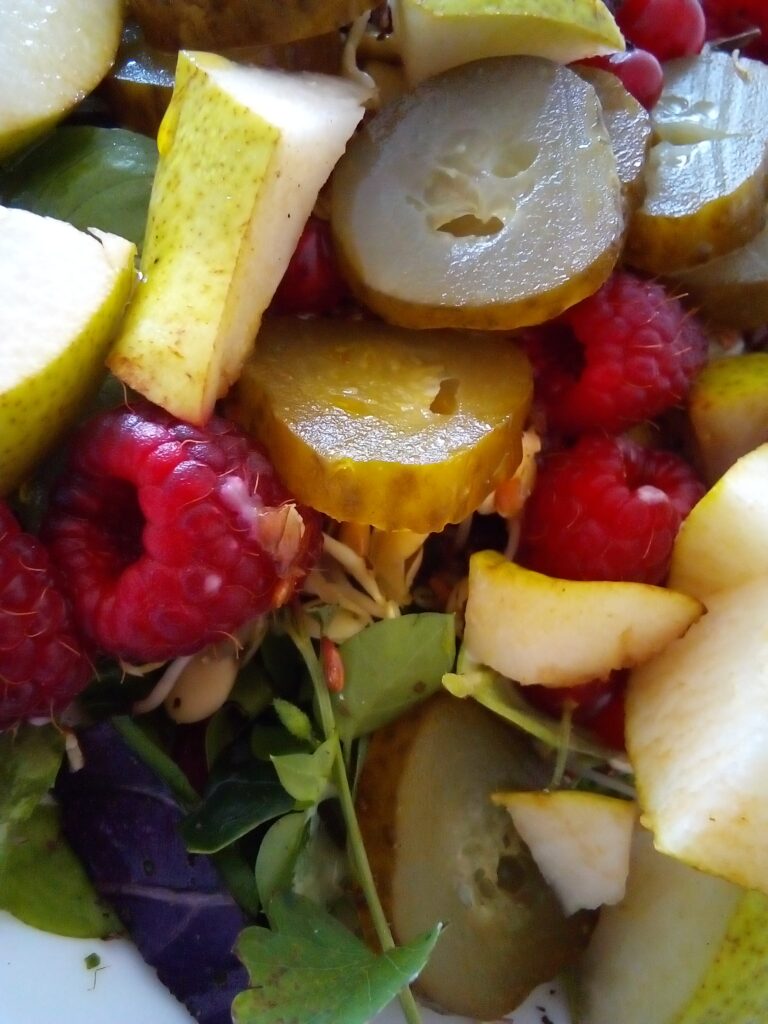

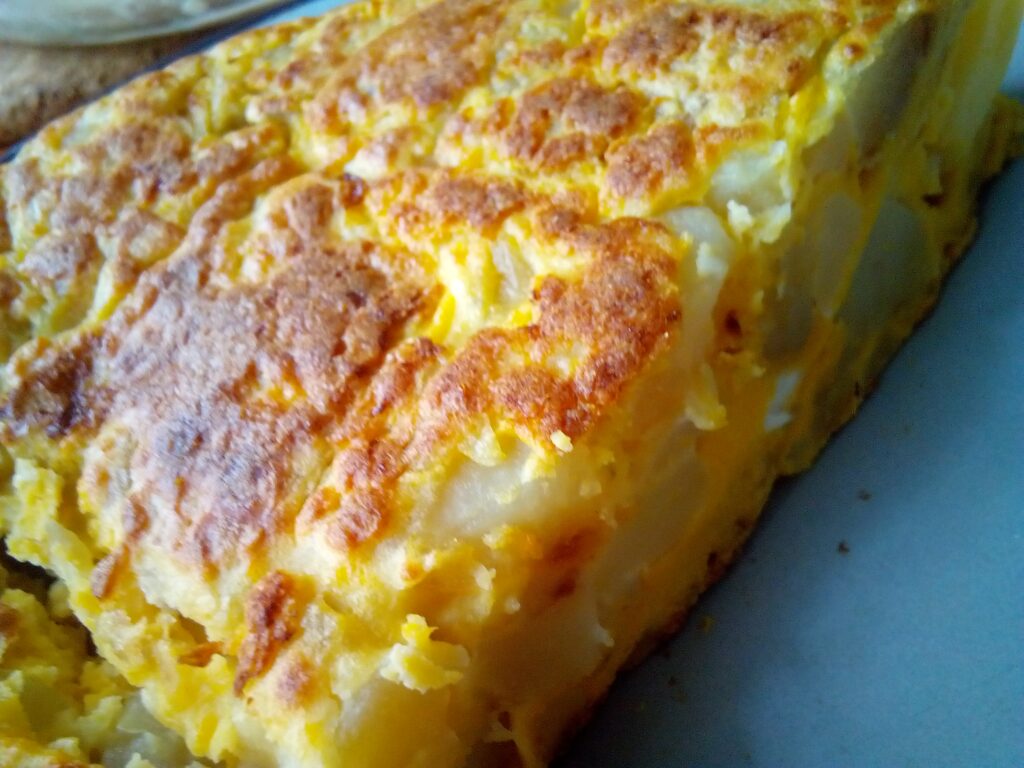
From Garden to Table
Preserving food is more than keeping it from spoiling. It’s about keeping a sense of season, gratitude, and security alive. Storing your apple harvest is part of that rhythm — capturing the sweetness of autumn so it can sustain you when the days turn cold. Whether you live on a homestead or in an urban apartment, creating a small winter reserve of home-stored apples means staying connected to the earth’s cycle while keeping your body supplied with natural vitamins all season long.
